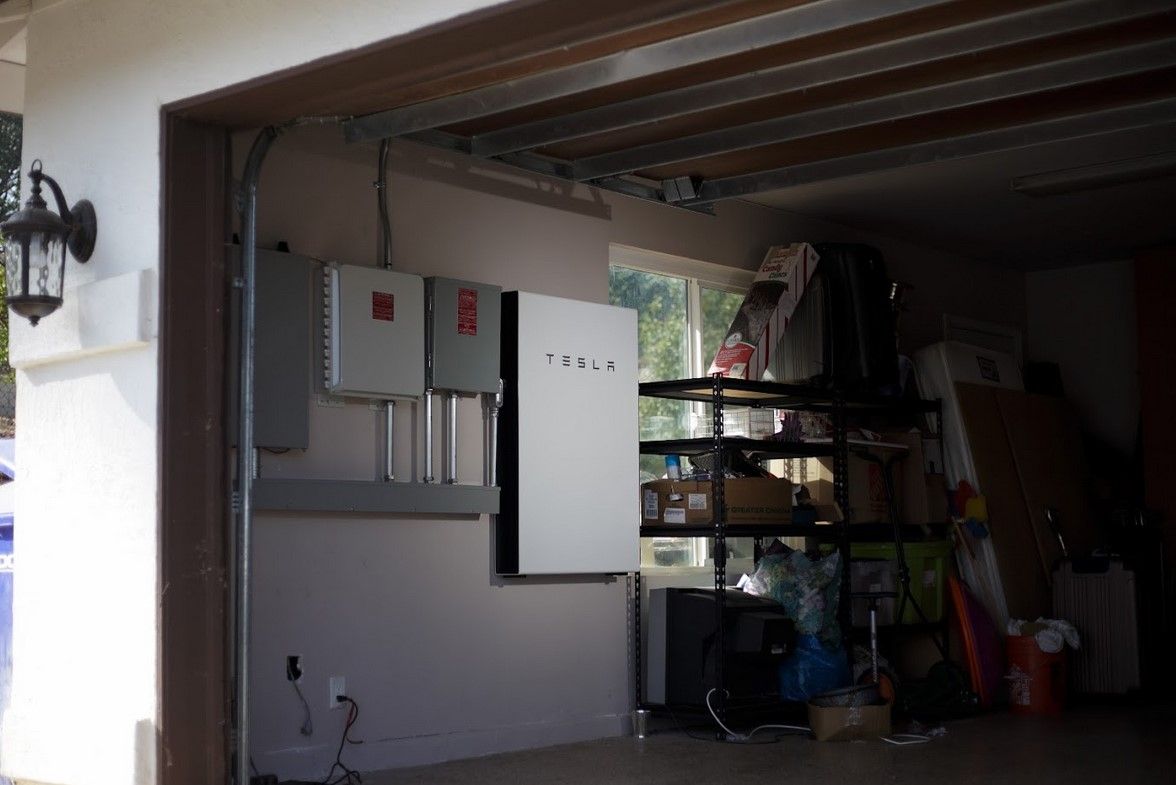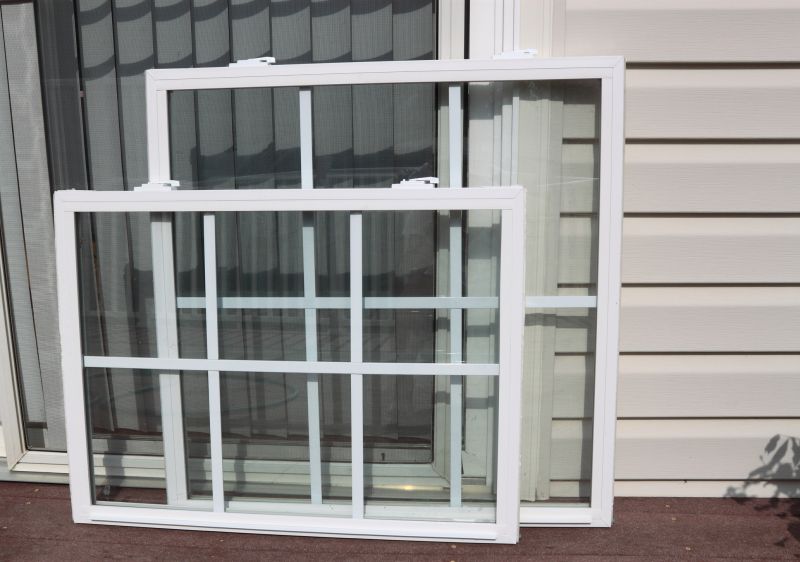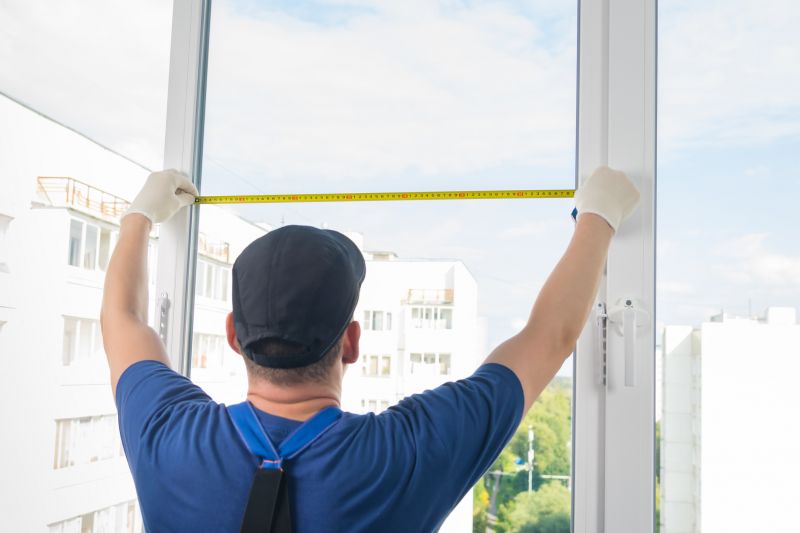Optimal Timing for Windows Installations
Windows installations are a critical part of maintaining optimal computer performance and security. Timing can influence the success and efficiency of the installation process, making it important to choose the right period for upgrades or new setups.
Spring and fall often provide the best conditions for Windows installations due to moderate temperatures and less system stress.
Scheduling during off-peak times minimizes disruption, especially for business environments that rely heavily on computer systems.
Allow sufficient time for backups, updates, and troubleshooting to ensure a smooth installation process.
Timing installations when hardware and software are compatible reduces the risk of conflicts and errors.

A technician setting up Windows on a desktop computer.

Calendar with marked dates for planned Windows upgrades.

Close-up of hardware components before installation.

Ways to make Windows Installations work in tight or awkward layouts.

Popular materials for Windows Installations and why they hold up over time.

Simple add-ons that improve Windows Installations without blowing the budget.
Windows installations involve several steps, including system preparation, hardware compatibility verification, data backup, and the actual setup process. Proper timing ensures minimal disruption and maximizes system stability. Statistics indicate that scheduling installations during periods of low user activity can reduce downtime by up to 40%. Regular updates and timely upgrades contribute significantly to system security and performance, making appropriate scheduling essential for optimal operation.

Technician installing Windows on a laptop.

Screen showing Windows settings after installation.

Tools used to verify system hardware before installation.

External storage device used for data backup.
| Aspect | Details |
|---|---|
| Best Seasons | Spring and fall due to moderate weather conditions. |
| Ideal Times | Off-peak hours or weekends to reduce operational impact. |
| Preparation | Ensure backups and compatibility checks are completed beforehand. |
| Duration | Typically 1-3 hours depending on system complexity. |
| Risks | Higher during peak periods or when hardware is not prepared. |
| Benefits of Proper Timing | Reduced downtime, increased stability, and fewer errors. |
| Common Challenges | System conflicts and data loss if not scheduled appropriately. |
Choosing the right time for Windows installations can lead to smoother updates, fewer technical issues, and less disruption to daily activities. Proper planning and scheduling are essential, especially for organizations that rely heavily on computer systems. Regular maintenance windows scheduled during low activity periods are recommended to ensure system reliability and security.

IT professional performing setup during off-hours.

External drive connected before installation.

System running Windows after setup completion.

High-end options that actually feel worth it for Windows Installations.

Finishes and colors that play nicely with Windows Installations.

Little measurements that prevent headaches on Windows Installations day.

A 60-second routine that keeps Windows Installations looking new.

A frequent mistake in Windows Installations and how to dodge it.

Small tweaks to make Windows Installations safer and easier to use.
Interested in scheduling a Windows installation? Filling out the contact form can provide tailored advice and assistance to ensure the process aligns with operational needs and minimizes downtime.



